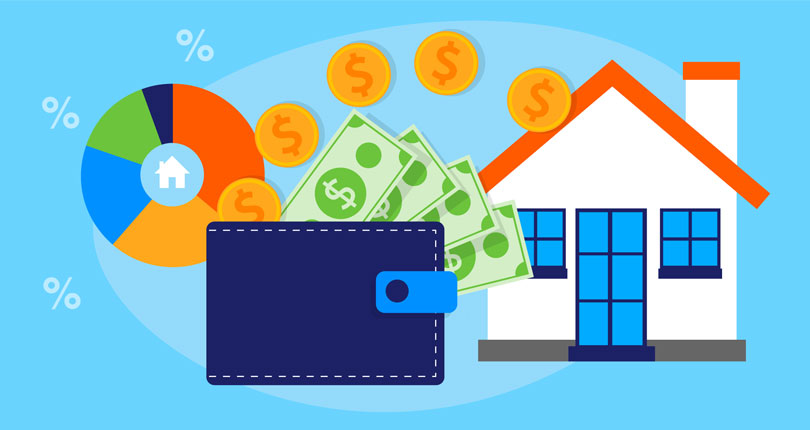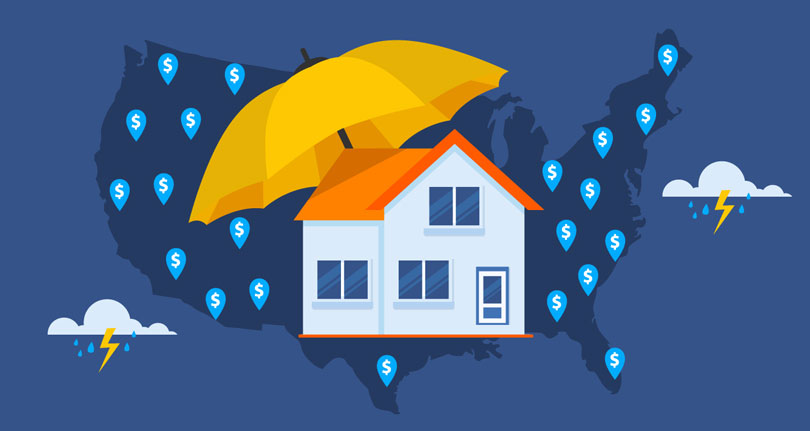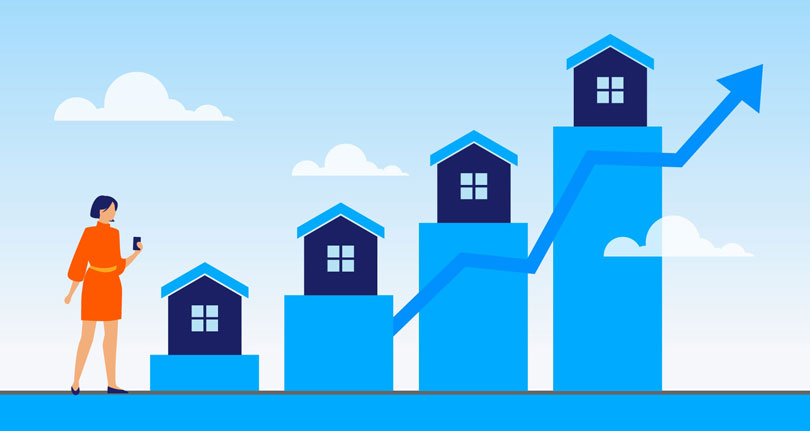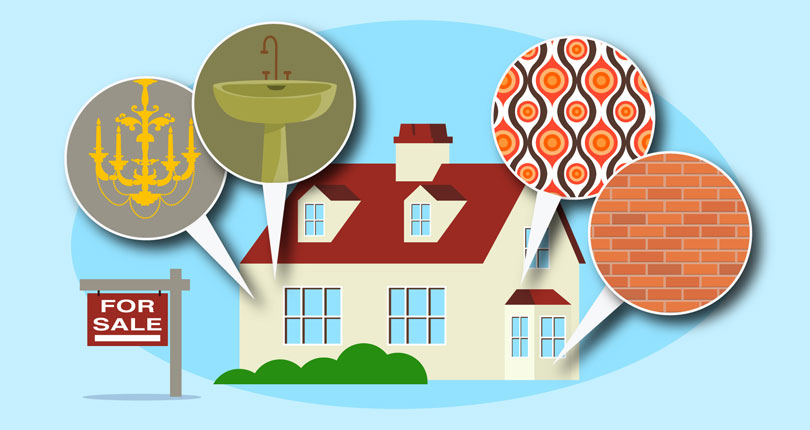| State Alabama |
Average Household Income $53,913 |
Median House Price $268,000 |
Multiple of median income to house price 4.97 |
| State Alaska |
Average Household Income $77,845 |
Median House Price $351,000 |
Multiple of median income to house price 4.51 |
| State Arizona |
Average Household Income $69,056 |
Median House Price $436,000 |
Multiple of median income to house price 6.31 |
| State Arkansas |
Average Household Income $52,528 |
Median House Price $246,000 |
Multiple of median income to house price 4.68 |
| State California |
Average Household Income $84,907 |
Median House Price $794,000 |
Multiple of median income to house price 9.35 |
| State Colorado |
Average Household Income $82,254 |
Median House Price $583,000 |
Multiple of median income to house price 7.09 |
| State Connecticut |
Average Household Income $83,771 |
Median House Price $395,000 |
Multiple of median income to house price 4.72 |
| State Delaware |
Average Household Income $71,091 |
Median House Price $338,000 |
Multiple of median income to house price 4.75 |
| State Florida |
Average Household Income $63,062 |
Median House Price $405,000 |
Multiple of median income to house price 6.42 |
| State Georgia |
Average Household Income $66,559 |
Median House Price $365,000 |
Multiple of median income to house price 5.48 |
| State Hawaii |
Average Household Income $84,857 |
Median House Price $713,000 |
Multiple of median income to house price 8.40 |
| State Idaho |
Average Household Income $66,474 |
Median House Price $480,000 |
Multiple of median income to house price 7.22 |
| State Illinois |
Average Household Income $72,205 |
Median House Price $266,000 |
Multiple of median income to house price 3.68 |
| State Indiana |
Average Household Income $62,743 |
Median House Price $242,000 |
Multiple of median income to house price 3.86 |
| State Iowa |
Average Household Income $65,600 |
Median House Price $318,000 |
Multiple of median income to house price 4.85 |
| State Kansas |
Average Household Income $64,124 |
Median House Price $264,000 |
Multiple of median income to house price 4.12 |
| State Kentucky |
Average Household Income $55,573 |
Median House Price $247,000 |
Multiple of median income to house price 4.44 |
| State Louisiana |
Average Household Income $52,087 |
Median House Price $243,000 |
Multiple of median income to house price 4.67 |
| State Maine |
Average Household Income $64,767 |
Median House Price $372,000 |
Multiple of median income to house price 5.74 |
| State Maryland |
Average Household Income $90,203 |
Median House Price $409,000 |
Multiple of median income to house price 4.53 |
| State Massachusetts |
Average Household Income $89,645 |
Median House Price $595,000 |
Multiple of median income to house price 6.64 |
| State Michigan |
Average Household Income $63,498 |
Median House Price $239,000 |
Multiple of median income to house price 3.76 |
| State Minnesota |
Average Household Income $77,720 |
Median House Price $331,000 |
Multiple of median income to house price 4.26 |
| State Mississippi |
Average Household Income $48,716 |
Median House Price $232,000 |
Multiple of median income to house price 4.76 |
| State Missouri |
Average Household Income $61,847 |
Median House Price $244,000 |
Multiple of median income to house price 3.95 |
| State Montana |
Average Household Income $63,249 |
Median House Price $475,000 |
Multiple of median income to house price 7.51 |
| State Nebraska |
Average Household Income $66,817 |
Median House Price $280,000 |
Multiple of median income to house price 4.19 |
| State Nevada |
Average Household Income $66,274 |
Median House Price $436,000 |
Multiple of median income to house price 6.58 |
| State New Hampshire |
Average Household Income $88,465 |
Median House Price $452,000 |
Multiple of median income to house price 5.11 |
| State New Jersey |
Average Household Income $89,296 |
Median House Price $487,000 |
Multiple of median income to house price 5.45 |
| State New Mexico |
Average Household Income $53,992 |
Median House Price $359,000 |
Multiple of median income to house price 6.65 |
| State New York |
Average Household Income $74,314 |
Median House Price $484,000 |
Multiple of median income to house price 6.51 |
| State North Carolina |
Average Household Income $61,972 |
Median House Price $362,000 |
Multiple of median income to house price 5.84 |
| State North Dakota |
Average Household Income $66,519 |
Median House Price $267,000 |
Multiple of median income to house price 4.01 |
| State Ohio |
Average Household Income $62,262 |
Median House Price $228,000 |
Multiple of median income to house price 3.66 |
| State Oklahoma |
Average Household Income $55,826 |
Median House Price $234,000 |
Multiple of median income to house price 4.19 |
| State Oregon |
Average Household Income $71,562 |
Median House Price $491,000 |
Multiple of median income to house price 6.86 |
| State Pennsylvania |
Average Household Income $68,957 |
Median House Price $268,000 |
Multiple of median income to house price 3.89 |
| State Rhode Island |
Average Household Income $74,008 |
Median House Price $456,000 |
Multiple of median income to house price 6.16 |
| State South Carolina |
Average Household Income $59,318 |
Median House Price $360,000 |
Multiple of median income to house price 6.07 |
| State South Dakota |
Average Household Income $66,143 |
Median House Price $300,000 |
Multiple of median income to house price 4.54 |
| State Tennessee |
Average Household Income $59,695 |
Median House Price $365,000 |
Multiple of median income to house price 6.11 |
| State Texas |
Average Household Income $66,963 |
Median House Price $337,000 |
Multiple of median income to house price 5.03 |
| State Utah |
Average Household Income $79,449 |
Median House Price $548,000 |
Multiple of median income to house price 6.90 |
| State Vermont |
Average Household Income $72,431 |
Median House Price $395,000 |
Multiple of median income to house price 5.45 |
| State Virginia |
Average Household Income $80,963 |
Median House Price $416,000 |
Multiple of median income to house price 5.14 |
| State Washington |
Average Household Income $84,247 |
Median House Price $606,000 |
Multiple of median income to house price 7.19 |
| State West Virginia |
Average Household Income $51,248 |
Median House Price $284,000 |
Multiple of median income to house price 5.54 |
| State Wisconsin |
Average Household Income $67,125 |
Median House Price $286,000 |
Multiple of median income to house price 4.26 |
| State Wyoming |
Average Household Income $65,204 |
Median House Price $442,000 |
Multiple of median income to house price 6.78 |







